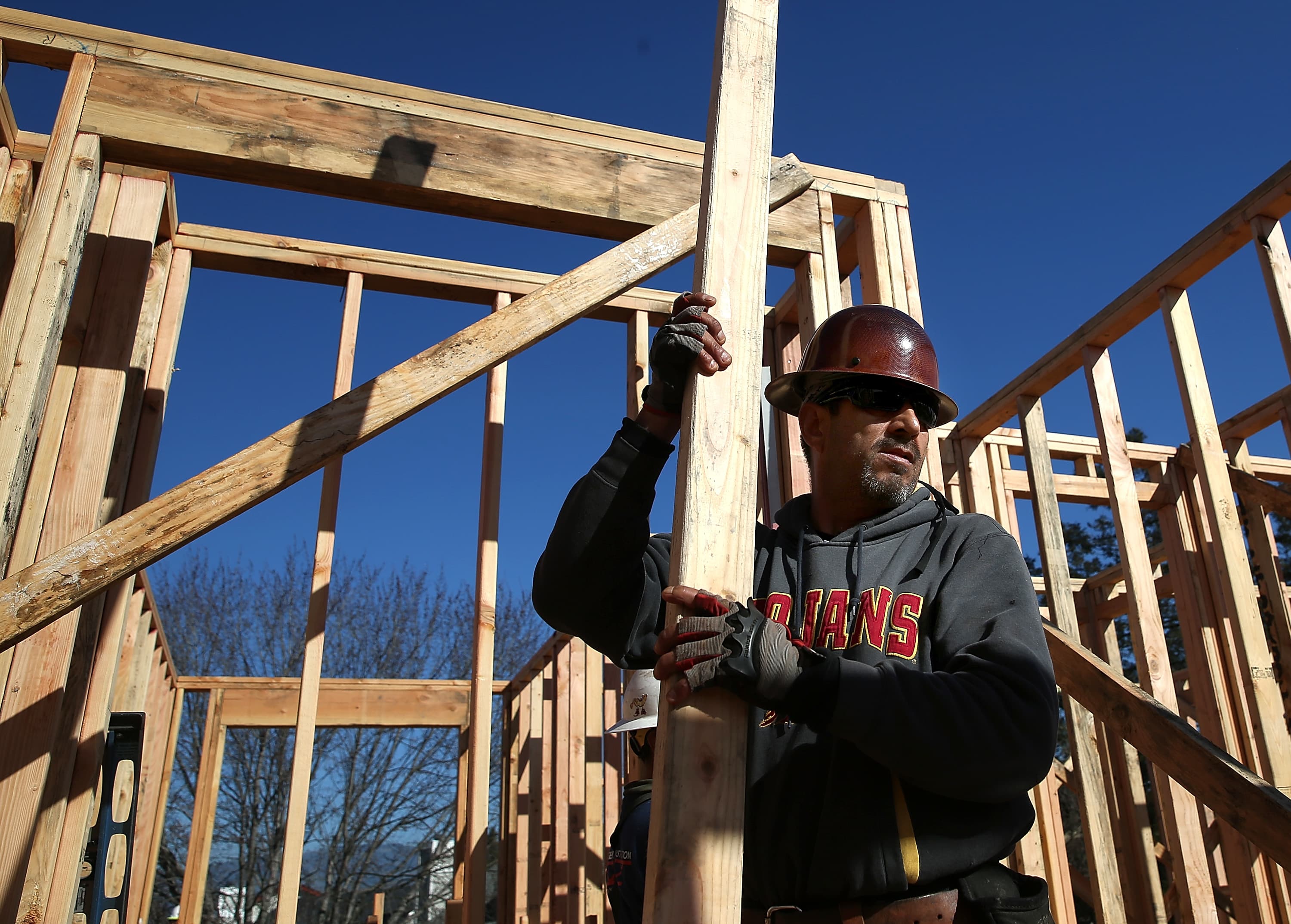One year after home construction ground to a screeching halt due to the Covid pandemic, builders are more than bullish yet again.
Builder sentiment increased 1 point in April to 83, according to the National Association of Home Builders/Wells Fargo Housing Market Index. Anything above 50 is considered positive. Last April the index plummeted to 30 and then shot back up over the summer.
Builders are facing strong demand from potential buyers because the existing home market continues to suffer from a record low number of listings. They are, however, having trouble meeting that demand, as supply delivery challenges and higher costs for materials are not improving.
Lumber futures for May delivery hit a new intraday all-time high of $1,212.70 per thousand board feet on Wednesday.
“The supply chain for residential construction is tight, particularly regarding the cost and availability of lumber, appliances, and other building materials,” said NAHB Chairman Chuck Fowke, a custom homebuilder from Tampa, Florida. “Though builders are seeking to keep home prices affordable in a market in need of more inventory, policymakers must find ways to increase the supply of building materials as the economy runs hot in 2021.”
Of the index’s three components, current sales conditions increased 1 point to 88. Buyer traffic rose 3 points to 75, but sales expectations in the next six months fell 2 points to 81.
Those expectations may be waning because of affordability issues. Home prices in the existing market are rising at the fastest pace in more than 15 years, and builders continue to hike prices to meet their higher costs. Low mortgage rates, which had been helping with affordability all last year, are now significantly higher than they were at the start of this year.
“NAHB’s forecast is for ongoing growth in single-family construction in 2021, albeit at a lower growth rate than realized in 2020,” said NAHB Chief Economist Robert Dietz.
Regionally, looking at the three-month moving average, builder sentiment in the Northeast rose 6 points to 86 and in the South rose 1 point to 83. The West was unchanged at 90 and the Midwest fell 2 points to 78.
